Filter articles
标签
产品
Loading...

荧光和量子点的基本原理和发展历史
在您的科研生涯的某个时候,都有可能会用到荧光显微镜。这种无处不在的技术改变了显微镜学家对研究对象进行成像、标记和追踪的方式,不论是整个生物体,还是单个蛋白质等等。
通过本文,我们将探讨什么是“荧光”,包括其定义背后的历史和基础物理原理,绿色荧光蛋白(GFP)的发现和应用,并展望量子点等荧光探针不断扩大的应用领域。
Loading...
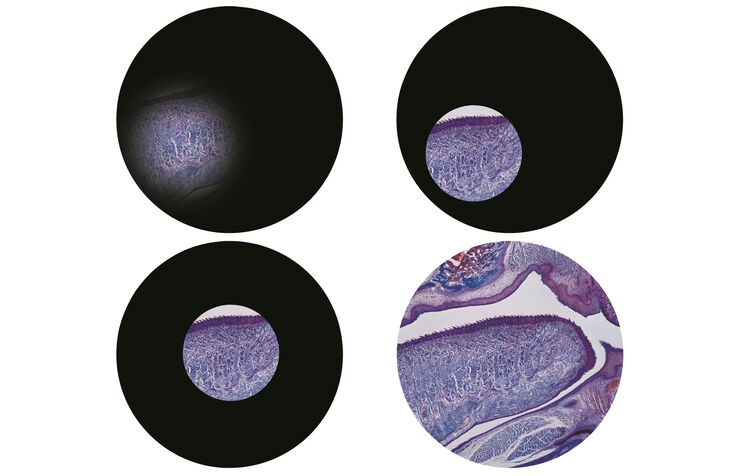
柯勒照明:简史介绍和设置的5个简单步骤
在任何特定光学显微镜调试当中,柯勒照明都是实现最佳成像的最重要且最基本的技术之一。尽管柯勒照明应该视为显微镜设置的常规组成部分,但是许多显微镜学家认为正确的设置过于复杂耗时,因此仍然没有被广泛应用。充分了解显微镜的两个主要部件(光阑和载物台下聚光透镜)在实际操作中的调整后,正确的设置就只需要几分钟的时间。正确对齐的显微镜可以大大改善图像的均匀对比度和照明,从而获得更高的分辨率和观察到更多的细节。在…
Loading...
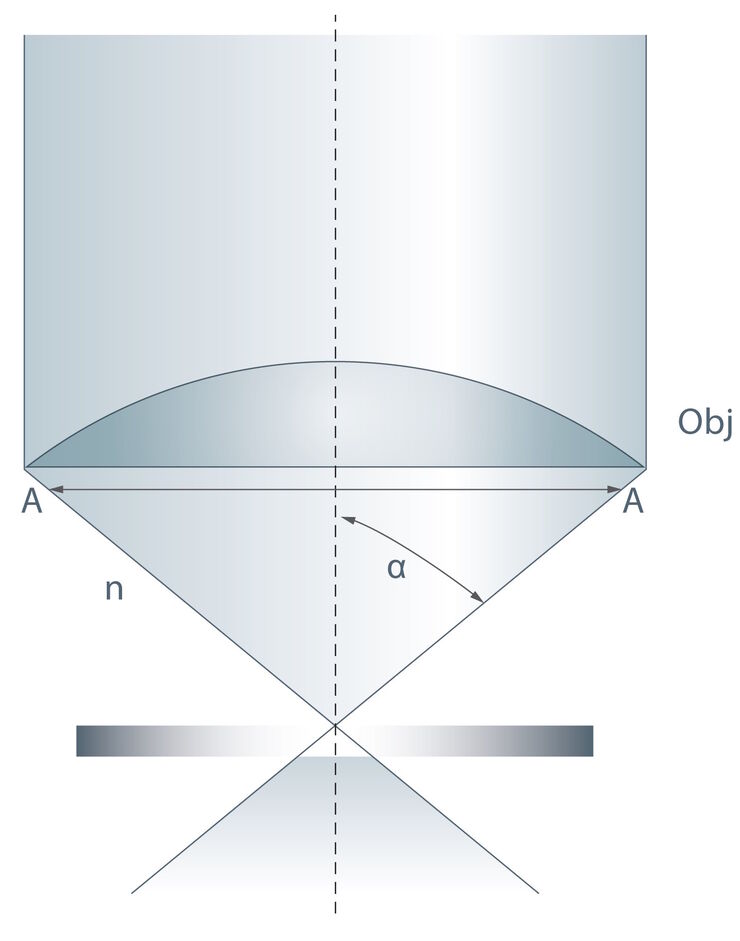
集光:显微镜中数值孔径的重要性
在试图区分显微镜下观察到的样本细节时,数值孔径(缩写为‘NA’)是一个重要考虑因素。NA是一个没有单位的数,与透镜收集的光角度有关。在计算NA(见下文)时还考虑了介质的折射率,通过将载玻片或细胞培养容器的折射率与浸没介质相匹配就可以分辨出样本的更多细节。光从一种介质传播到另一种介质时的行为方式也与NA有关(称为“折射”)。本文还介绍了折射的简要历史,以及这一概念如何成为实现高NA的限制因素。
Loading...
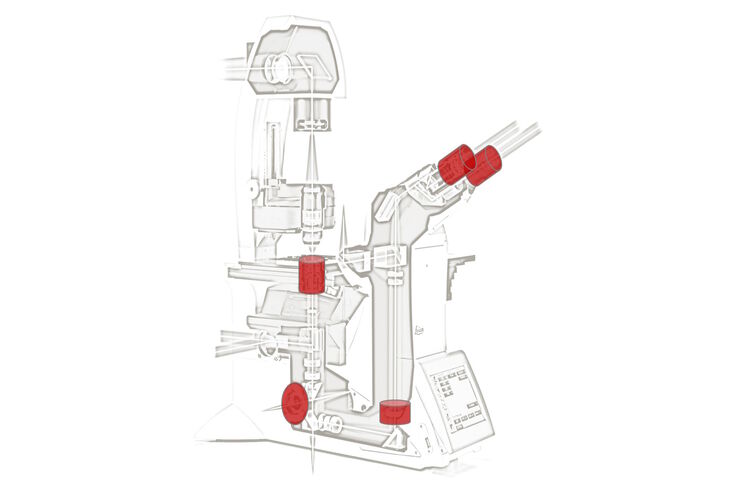
无像差显微镜光学组件的互动优化
光学显微镜旨在放大肉眼不可见的物体。为此需要采用高品质光学器件来获得优秀的分辨率。但是,所有光学组件都会对光路中的光线带来负面的影响,最终导致像差。本文将重点介绍此过程中涉及的光学元件及其物理参数。在此基础上,本文对减少像差的方法原理进行了一次历史概述。结果表明,将显微镜看作一个整体系统有助于协调其各个组件并获得最佳微观结果。
Loading...
![[Translate to chinese:] Left: Tissue cells marked with an immunolabel (FITC) illuminated with wide-band UV excitation. Note the tissue structure with blue autofluorescence. Right: Same tissue and same immunostaining with FITC label illuminated with epi-il [Translate to chinese:] Left: Tissue cells marked with an immunolabel (FITC) illuminated with wide-band UV excitation. Note the tissue structure with blue autofluorescence. Right: Same tissue and same immunostaining with FITC label illuminated with epi-illumination using narrow-band blue (490 nm) light. Note the increased image contrast (Ploem, 1967)](/fileadmin/_processed_/c/2/csm_Ploem_Figure_5_Autofluorescence_a_b_fbca553e26.png)
Milestones in Incident Light Fluorescence Microscopy
Since the middle of the last century, fluorescence microscopy developed into a bio scientific tool with one of the biggest impacts on our understanding of life. Watching cells and proteins with the…
Loading...
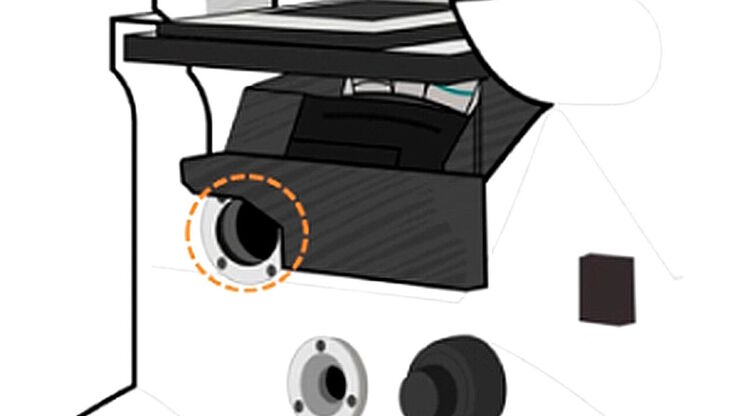
无限远光学系统
“无限远光学”这一概念是指在显微镜的物镜和镜筒透镜之间具有平行光线的光束路径。平面光学元件可以进入到这个“无限远空间”中,而不影响成像,这对于利用DIC或荧光等对比度方法至关重要。
现代显微技术需要在无限远光路中添加多种光学仪器,如光源或激光装置。满足这一需求的不同方法已经出现,本文对其进行了描述。
Loading...
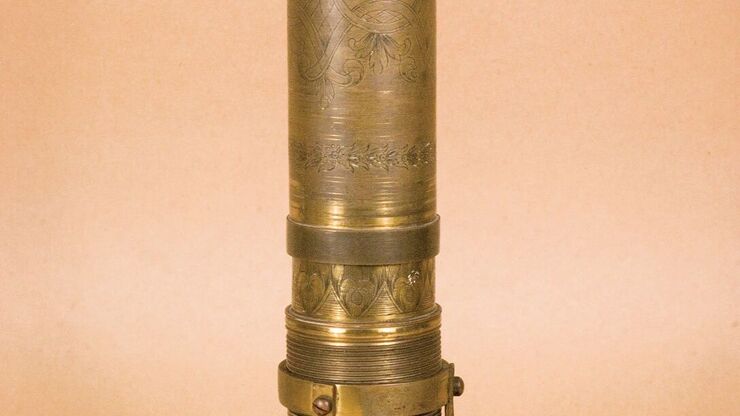
光学显微镜简史
显微镜的历史始于中世纪。早在11世纪,阿拉伯世界就使用抛光绿柱石制成的平凸透镜作为阅读石来放大手稿。然而,将这些透镜发展成显微镜并非某一个人的功劳,而是众多科学家和学者共同努力的结果。

![[Translate to chinese:] Spherical aberration describes the fact that waves which pass through the centre of the lens are refracted less than the waves which pass through the edges of the curved lens. [Translate to chinese:] Spherical aberration describes the fact that waves which pass through the centre of the lens are refracted less than the waves which pass through the edges of the curved lens.](/fileadmin/_processed_/1/1/csm_Spherical_aberration_with_optical_lens_baf670b5cb.jpg)
![[Translate to chinese:] [Translate to chinese:]](/fileadmin/_processed_/5/7/csm_convalaria_Widefield-topic_Intro_7c19cc9054.jpg)
